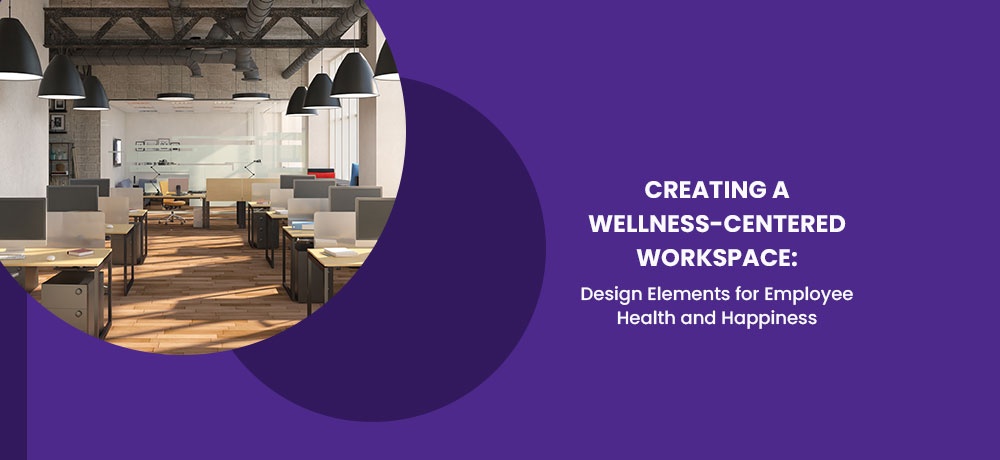Creating a Wellness-Centered Workspace: Design Elements for Employee Health and Happiness

Introduction:
In today's fast-paced work environment, creating a space that promotes employee well-being is more crucial than ever. A wellness-centered workspace not only fosters a healthier work-life balance but also enhances productivity and job satisfaction. In this guide, we'll explore key design elements that can transform your office into a haven of health and happiness for your team.
- Ergonomic Furniture for Comfort and Support:
Investing in ergonomic furniture is a cornerstone of a wellness-centered workspace. Chairs with adjustable features, standing desks, and supportive keyboards and mice can significantly improve posture, reduce strain, and increase overall comfort during long hours at work. - Natural Light and Biophilic Design:
Natural light has a profound impact on our circadian rhythms and overall mood. Where possible, maximize natural light exposure by arranging workstations near windows. Additionally, incorporate biophilic design elements like potted plants and greenery to bring a touch of nature indoors, promoting calmness and reducing stress levels. - Comfortable Breakout Spaces:
Encourage breaks by providing comfortable, inviting spaces for employees to relax and recharge. Comfortable seating, soft lighting, and access to refreshments create a nurturing environment where employees can step away from their desks and rejuvenate. - Proper Ventilation and Air Quality:
Good air quality is essential for physical and mental well-being. Ensure your workspace has proper ventilation systems in place and consider incorporating air-purifying plants. Additionally, consider using low-VOC paints and materials to reduce indoor air pollution. - Flexibility and Movement-Friendly Layouts:
A wellness-centered workspace should allow for flexibility and movement. Consider versatile furniture arrangements and open spaces that can be easily adapted for different tasks. Encourage walking meetings or provide options for standing workstations to promote physical activity. - Stress-Reducing Elements:
Incorporate stress-reducing elements such as calming colors, soothing artwork, or even designated meditation or relaxation spaces. These features can help create a tranquil environment that supports mental well-being. - Quiet Zones for Focus and Concentration:
Provide designated areas where employees can go for focused work or to escape distractions. Comfortable seating, soundproofing, and adjustable lighting can all contribute to a conducive space for concentration. - Wellness Programs and Amenities:
Consider offering wellness programs or amenities like yoga or fitness classes, healthy snack options, or access to a nearby gym. These initiatives promote physical health and reinforce your commitment to employee well-being. - Encourage Social Interaction and Connection:
Design communal areas that foster interaction and collaboration. Comfortable seating arrangements, communal workspaces, and shared kitchen or breakout areas can facilitate informal conversations and strengthen team bonds.
Conclusion:
A wellness-centered workspace demonstrates a commitment to the health and happiness of your employees. By integrating ergonomic furniture, prioritizing natural light and air quality, and creating spaces that support physical and mental well-being, you can cultivate an environment that not only boosts productivity but also enriches the overall quality of work-life for your team. Remember, investing in your employees' well-being is an investment in the success and sustainability of your business.